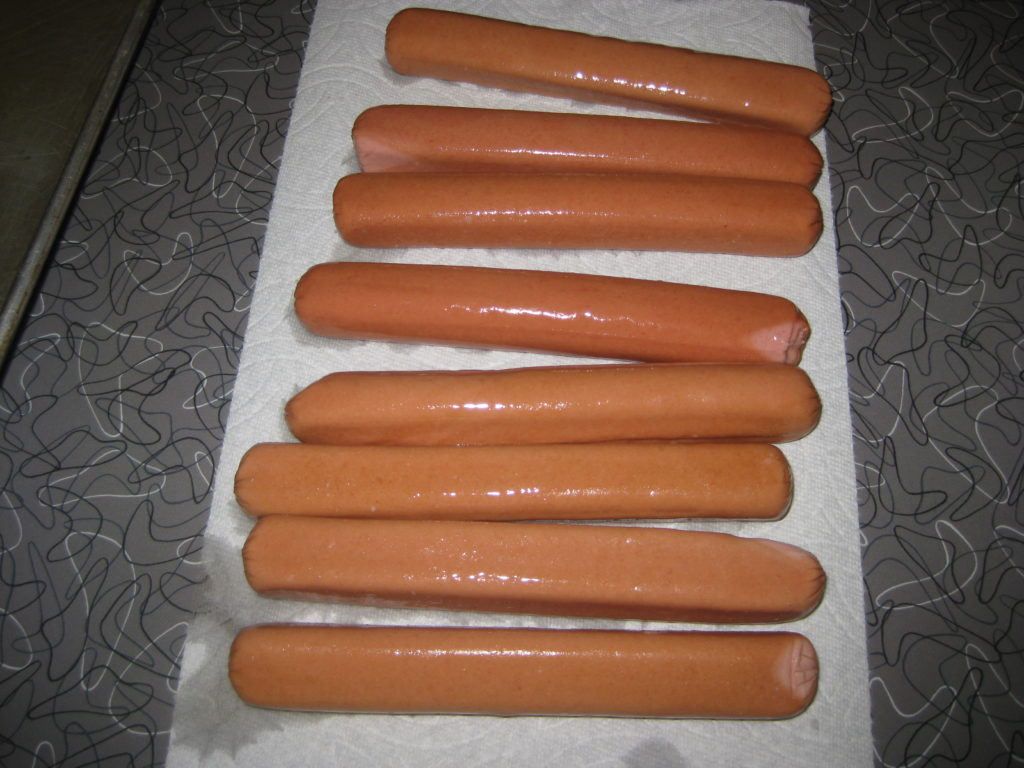

I love getting a second use, third or fourth, from items we usually consider, use once and toss. What decorating ideas can you come up with for these sparkly blooms?


I love getting a second use, third or fourth, from items we usually consider, use once and toss. What decorating ideas can you come up with for these sparkly blooms?








You can find the TR700 Jumbo Coin Ruching Guide at many fine quilt shops, instore or online. Check my Website www.laurassagecountryquilts.com for a list of shops I know carry all the Coin Ruching Tools.


What is the most helpful hint, tip, hack you have learned for making your studio or sewing space your happy place.
I know for me, when I practice a 15 minute “Fire Drill” once a day, usually before I leave my studio at night, I get so much more real sewing and designing done.
Share your hints in the comments.
Happy Stitchin’
Have you every played that game with King and Queen fitted sheets, Which Way is the Top?

Cut light colored strip into 5 inch pieces.
Fold in half, right sides together and sew side seams.
Turn right side out, press, then use a permanent laundry marker to write TOP or other notation.
Sew or safety pin to the top seam of fitted sheets or any item you want to easily identify the top edge.
























































Accurate pressing is just as important as accurate seams in producing well pieced quilt blocks.








Angels, arent they.
I work in a very small studio. 10 feet by 10 feet. Things are packed in pretty tight.

Projects are here and there, but they all have their space.

So how do I keep this small space so I can work in it? My first line of defense is doing a 15 minute pick up at the end of each day. I use a kitchen timer to keep me focused.

Most of the time I have several projects going at once and I like to keep things portable so I can take with me to work on. Wrap-n-Totes from my pattern #1501 work well to corral a messy project or to transport a hand sewing project.

I have many projects in ArtBins and 2 Gallon Zip Closure Bags, labeled and including a Project Action Sheet where I have listed next steps, supplies needed and a proposed finish date.


Of course no work space is complete without a good paperweight. Punkin, our Manager of Operations, likes filling that duty.

I am offering an Organized Sewing Space Workshop at Experience Quilts!, Odessa, Washington, beginning Saturday, January 18th, 2020. 509-982-2012
Looking for a Guild or Shop Workshop, contact us at our info@laurassagecountryquilts link.
What organizing tips can you share with your fellow readers?

Try this fun color game.
It will help train your eye to see all the color variations, and the endless combinations you can use in a quilt.
Pick any photo that catches your eye.
Then, working with your stash or scrap bin, cut 2 inch squares from all the fabrics you find that match bits in your photo.
Look for dark, medium and light shades, tints, hues, tones and multi color fabrics.
Then arrange in gradations as shown in this photo, and glue in place. Now you have a tool to help you select fabrics for your next project.
Make more than one. Try a pastel photo, or a photo you don’t like, stretch your color palette a bit.
This is fun to do with groups at guild meetings and retreats.
Yes, I do workshops on the fun color game.